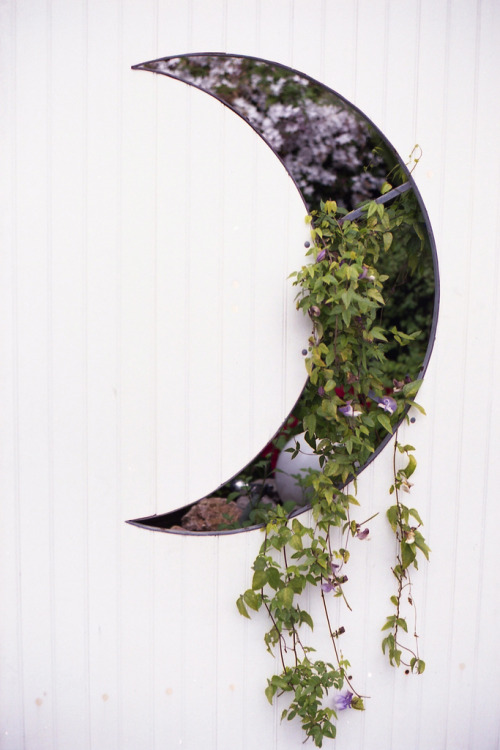The Launch Of A Space Shuttle From High Above.

The launch of a space shuttle from high above.
More Posts from Lanas-own-blog and Others



Vela Supernova Remnant : The plane of our Milky Way Galaxy runs through this complex and beautiful skyscape. At the northwestern edge of the constellation Vela the telescopic frame is over 10 degrees wide, centered on the brightest glowing filaments of the Vela Supernova Remnant, an expanding debris cloud from the death explosion of a massive star. Light from the supernova explosion that created the Vela remnant reached Earth about 11,000 years ago. In addition to the shocked filaments of glowing gas, the cosmic catastrophe also left behind an incredibly dense, rotating stellar core, the Vela Pulsar. Some 800 light-years distant, the Vela remnant is likely embedded in a larger and older supernova remnant, the Gum Nebula via NASA
js

















Geometry and symmetry in plants, part 2
See the full thread here




Engineers are preparing to test the parachute system for NASA’s Orion spacecraft at the U.S. Army Yuma Proving Ground in Yuma, Arizona. During the test, planned for Wednesday, Aug. 26, a C-17 aircraft will carry a representative Orion capsule to 35,000 feet in altitude and then drop it from its cargo bay. Engineers will test a scenario in which one of Orion’s two drogue parachutes, used to stabilize it in the air, does not deploy, and one of its three main parachutes, used to slow the capsule during the final stage of descent, also does not deploy. The risky test will provide data engineers will use as they gear up to qualify Orion’s parachutes for missions with astronauts. On Aug. 24, a C-17 was loaded with the test version of Orion, which has a similar mass and interfaces with the parachutes as the Orion being developed for deep space missions but is shorter on top to fit inside the aircraft.

Buzz Aldrins self-portrait during Gemini 12 with the Earth reflecting off his visor, 12 November 1966
js
-
 crispinoftheclanangus liked this · 5 years ago
crispinoftheclanangus liked this · 5 years ago -
 fvtsshuttle reblogged this · 7 years ago
fvtsshuttle reblogged this · 7 years ago -
 aerokiinesis liked this · 8 years ago
aerokiinesis liked this · 8 years ago -
 vulpineangel liked this · 8 years ago
vulpineangel liked this · 8 years ago -
 ravageintense reblogged this · 8 years ago
ravageintense reblogged this · 8 years ago -
 ravageintense liked this · 8 years ago
ravageintense liked this · 8 years ago -
 zenosanalytic liked this · 9 years ago
zenosanalytic liked this · 9 years ago -
 diftor-heh-snusnu reblogged this · 9 years ago
diftor-heh-snusnu reblogged this · 9 years ago -
 manyblinkinglights liked this · 9 years ago
manyblinkinglights liked this · 9 years ago -
 amaranththallium liked this · 9 years ago
amaranththallium liked this · 9 years ago -
 raginrayguns reblogged this · 9 years ago
raginrayguns reblogged this · 9 years ago -
 raginrayguns liked this · 9 years ago
raginrayguns liked this · 9 years ago -
 bibliolithid liked this · 9 years ago
bibliolithid liked this · 9 years ago -
 hedon-hoarder reblogged this · 9 years ago
hedon-hoarder reblogged this · 9 years ago -
 i-am-diangelo reblogged this · 9 years ago
i-am-diangelo reblogged this · 9 years ago -
 nextworldover liked this · 9 years ago
nextworldover liked this · 9 years ago -
 witchy98 reblogged this · 9 years ago
witchy98 reblogged this · 9 years ago -
 wrapscallion reblogged this · 9 years ago
wrapscallion reblogged this · 9 years ago -
 wrapscallion liked this · 9 years ago
wrapscallion liked this · 9 years ago -
 against-forms-recognizable liked this · 9 years ago
against-forms-recognizable liked this · 9 years ago -
 defectivealtruist reblogged this · 9 years ago
defectivealtruist reblogged this · 9 years ago -
 defectivealtruist liked this · 9 years ago
defectivealtruist liked this · 9 years ago -
 shacklesburst reblogged this · 9 years ago
shacklesburst reblogged this · 9 years ago -
 shacklesburst liked this · 9 years ago
shacklesburst liked this · 9 years ago -
 wirehead-wannabe liked this · 9 years ago
wirehead-wannabe liked this · 9 years ago -
 somnilogical liked this · 9 years ago
somnilogical liked this · 9 years ago -
 maddeningscientist reblogged this · 9 years ago
maddeningscientist reblogged this · 9 years ago -
 urfootlover liked this · 9 years ago
urfootlover liked this · 9 years ago -
 sixtyflattofinish liked this · 9 years ago
sixtyflattofinish liked this · 9 years ago -
 hc1701 reblogged this · 9 years ago
hc1701 reblogged this · 9 years ago -
 hc1701 liked this · 9 years ago
hc1701 liked this · 9 years ago -
 historyman2006 reblogged this · 9 years ago
historyman2006 reblogged this · 9 years ago -
 klinfield reblogged this · 9 years ago
klinfield reblogged this · 9 years ago -
 alula-borealis reblogged this · 9 years ago
alula-borealis reblogged this · 9 years ago -
 hellfighter8 reblogged this · 9 years ago
hellfighter8 reblogged this · 9 years ago -
 jaynuwave6 reblogged this · 9 years ago
jaynuwave6 reblogged this · 9 years ago -
 understood94 reblogged this · 9 years ago
understood94 reblogged this · 9 years ago -
 hellfighter8 liked this · 9 years ago
hellfighter8 liked this · 9 years ago
I've had lots of blogs in the past, but this one I'm actualy excited to share with people.
68 posts
